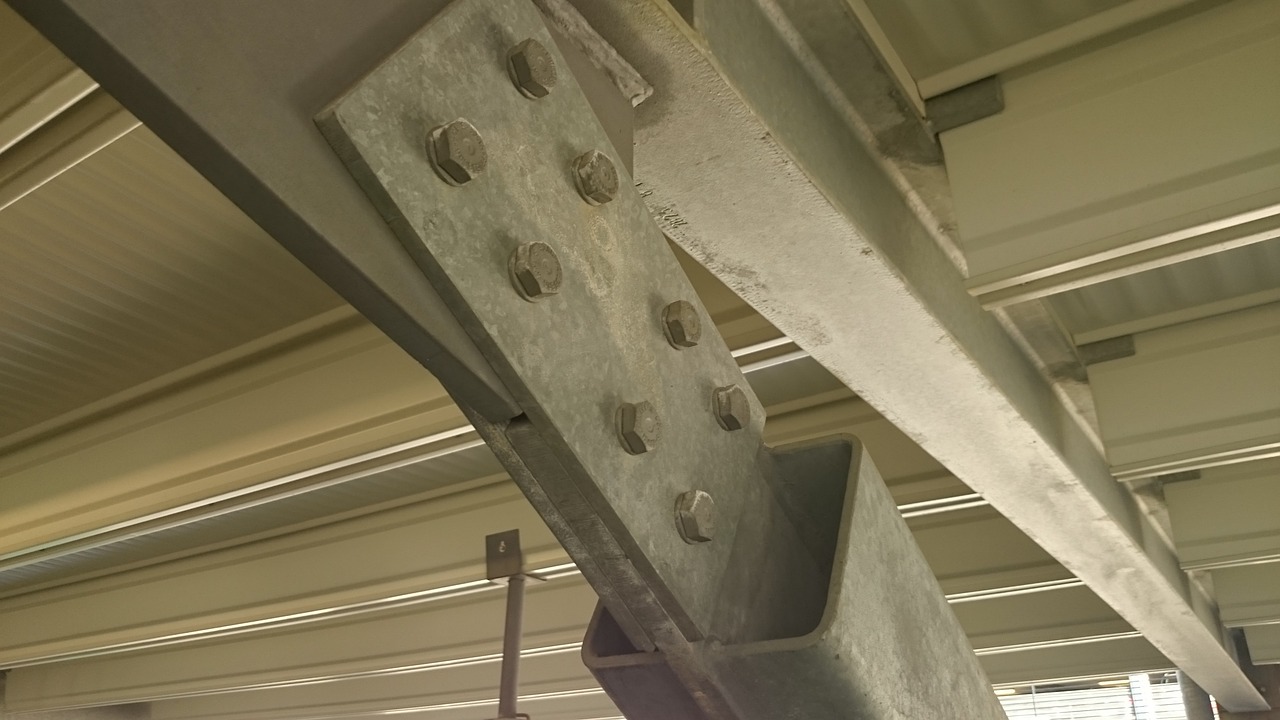NIST updates earthquake standard for steel column used in buildings

The National Institute of Standards and Technology (NIST) and the University of California San Diego have proposed targeted updates to the AISC 341 standard on seismic provisions for structural steel buildings.
The specialist engineers have identified certain deficiencies in the performance of steel beams that were otherwise compliant with the existing standard, which caused them to buckle prematurely. To address this problem, the column slenderness limits were devised and the proposed design features thicker columns.
The lateral stiffness requirements are generally satisfied by choosing longer or deeper web beams. However, in the case of rotational forces that earthquakes can induce, the situation can get dangerous quickly.
As the researchers explain, these steel structural beams are excellent for supporting downward forces. However, the force vectors may take random directions during an earthquake, and some columns may sway laterally.
Of course, existing NIST standards took these scenarios into account during development. However, they were tested on scaled-down models, whereas today, full-scale testing can be conducted on computer simulations and labs. As such, we are now in a far better position to evaluate risks and mitigate them.
NIST engineers conducted new tests on 48 columns and measured their response to lateral forces that simulated an earthquake. Then they increased the central column width until they could measure no permanent changes to its shape.
The standard is available as draft and will reach its final form in the next months. Engineers are invited to submit their feedback to AISC until February 21, 2022, which is when the public negotiation round ends.
If you’re worried about the safety of existing steel beams during earthquakes, note that these are selected in accordance with the local seismological requirements, and there’s always a safety factor of 10-15% included in the static and dynamic load calculations. As such, all buildings should be safe, but NIST’s proposal raises the bar to even safer levels.

 Tech Steel & Materials
Tech Steel & Materials